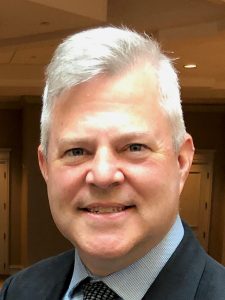
Most of my research is in the area of surgical robotics. Specifically, I have an interest in developing robotic systems and interfaces for microsurgery and minimally invasive surgery that enhance the performance of the surgeon while also being “minimally obtrusive:” small, inexpensive, and easy to use, with minimal disturbance of the workflow in the operating room.
Many of my projects deal with compensation of involuntary physiological motion for enhanced accuracy in surgery, using both active and passive approaches. One example of such a system is “Micron,” an active handheld micromanipulator which estimates the hand tremor of the surgeon and deflects its own tip with an equal but opposite motion to provide smooth control for specialties such as retinal microsurgery. This work has involved not only development of the robotic system, but also considerable effort in quantitative modeling of human tremor.
Another example is “HeartLander,” a miniature crawling robot that passively compensates for heartbeat and respiratory motion by adhering to the surface of the heart using suction, while also crawling to specified targets on the heart and performing a variety of types of surgical intervention.
My research involves building whole systems; thus, work in my lab includes modeling and simulation, mechanical design, electrical design, signal processing, control systems, fabrication and assembly, and testing with human users.
As an outgrowth of the tremor modeling research, I also do research in filtering of input signals to provide assistive computer interfaces for persons with movement disorders including athetoid cerebral palsy and a variety of types of pathological tremor, in order to enable improved control of devices such as personal computers and powered wheelchairs.


